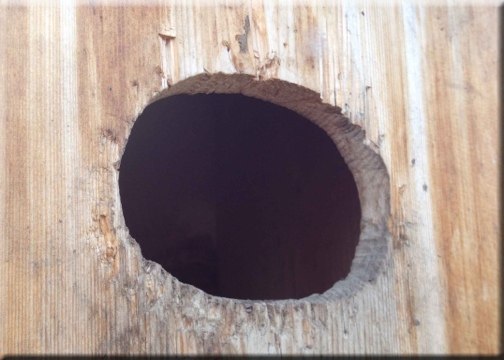Kingfisher Pond
Fri ,06/04/2012As the WOW program began to have a noticeable impact on Utah’s wood duck population, there became a greater demand placed on expanding the efforts to place the already successful artificial nesting cavities in areas that would become host to the programs pioneering hens. Having seen growth in dump nesting throughout the programs scattered sites, expansion was at the forefront of the WOW program interests. Additionally, we were starting to receive an increased interest in the WOW Eagle Scout Service Project (ESSP), which quickly began taking in nearly 12 boxes a month. In the summer of 2008, Jack Renzel, retired Directer of the Northern Region Division of Wildlife Resources office, and long time supporter to wood ducks and the WOW program, told me of a pond that was situated right in the heart of Weber County’s most robust wood duck habitat, named the Kingfisher Pond. Surrounded by a canopy of cottonwoods, this pond was a pearl. The pond is located just behind Fort Buenaventura which is adjacent to the Weber River. As these types of projects go, timing was everything. Several phone calls and a briefing of the success and intent behind this program, I was able to secure permission to proceed with the installation of a series of wood duck nesting boxes at Kingfisher Pond. At the same time, I was working with a local scoutmaster in Riverdale, with a young man in line to produce a dozen wooden boxes. In the spring of 2009, fifteen WOW program volunteers met on a rainy morning to help Corban ESSP #35, finish his Eagle Scout Service Project.
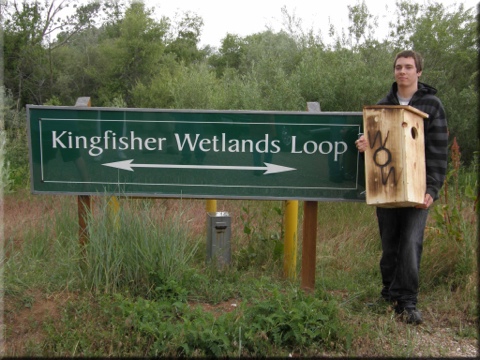
As volunteers began to sink the poles that support these boxes, we quickly came to realize that we were fighting a bed of large rock and liner at the base of the pond, making the boxes somewhat unstable. This left me very concerned as to the long term effects that seasonal driving wind and rain, along with winter’s shifting ice would have on these somewhat flimsy poles due to their footings. As it turns out, my concerns were valid, the elements began to take their toll and we lost a few boxes due to them losing stability and tipping over; staying ahead of this became a full time task and something had to be done. At the same time, nest usage took off, showing immediate nesting success in the first season. 2010 brought even more success with growth in boxes nested in there at Kingfisher. additionally, we discovered that one of the nesting hens was previously banded during Utah’s first wood duck banding effort, where 44 wood ducks were banded in 2009. Later in the 2010 nesting season, I discovered yet another banded hen nesting there on Kingfisher Pond.
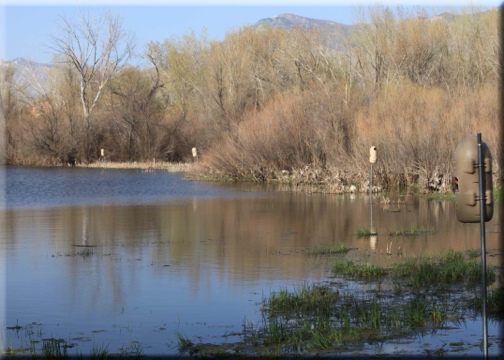
As fate would have it, the banded hen was nesting in what is referred to as a pole-over-land. In theory, the galvanized poles render the boxes predator proof, but somehow the resident raccoon mastered the art of climbing the 2″ pole . The racoon’s constant harassment forced the hen to eventually abandon her nest. Even then, this raccoon continued working the box over, nearly destroying the box.
Over the next season, the local raccoon population had mastered the art and were now up and down these poles like a team of electrical linemen. To make matters worse, the high waters caused by spring run off in 2011 left us unable to respond to the needs of many of the project areas, so the remaining boxes on Kingfisher Pond were effected by this 100 Year high run-off. Once the water levels receded, it became apparent that we needed to re-engineer this nesting project. To the drawing boards I went devising a plan that would work in the given habitat. Later that summer i was contacted by a young man and his scout leader looking for a suitable ESSP; I told them have we got a deal for you. Late that fall, Cameron Cox ESSP #74, completed his project, providing us with the perfect rendition of 10 nesting pole supports.
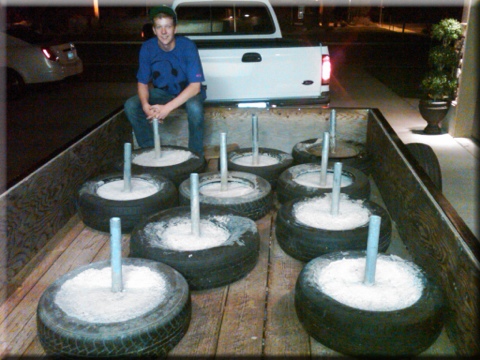
now spring of 2012 and the nesting season was just around the corner, again the trusty WOW volunteers came to the table to offer their services in moving these 150 pound tires of cement to their resting place. In the center was a sleeved pipe, exact in dimensions to securely hold the 1 3/8″ top-rail (now standard in WOW’s materials list), having learned from the prior predator issues on this project. Lugging these monsters out into the pond was no small feat for these gent’s. As it came time to replace the prior high-water-stressed boxes, we decided to utilize the remaining boxes from Erik Heras ESSP #55, and his monster contribution of 30 plastic wood duck boxes. We had six set aside purposefully for this project, and now able to deploy.
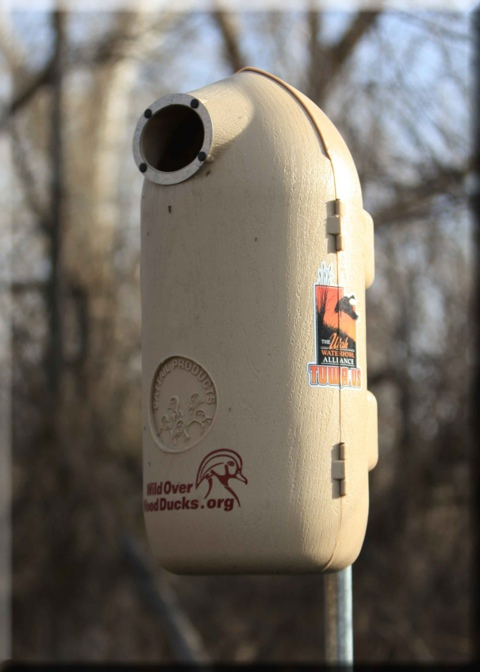
Given the increased visibility of the Kingfisher Pond, being accessed by Ogden’s Parkway Trail system, outdoor enthusiasts as well as the birding community now have the opportunity to view and photograph one of the Wasatch Front’s most successful wood duck nesting project sites. This project is a culmination of 4 ESSP’s, and what wondrous site it is, WOW. Just days after placement, these newly placed nesting boxes have already begun to show signs of wood duck visitation.
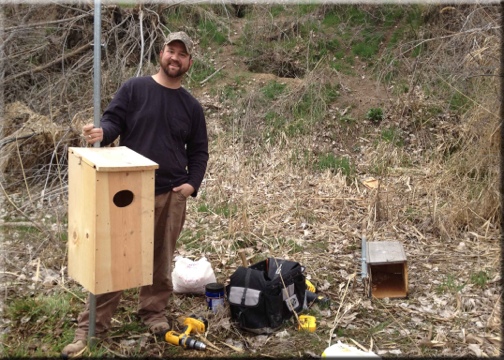
With the addition of the plastic boxes, there is a prime opportunity to study the usage rates of plastic verses wood, so two wooden boxes from Zack Wixom ESSP#81 were also introduced in key habitat to allow for these effects to be studied on Kingfisher Pond.
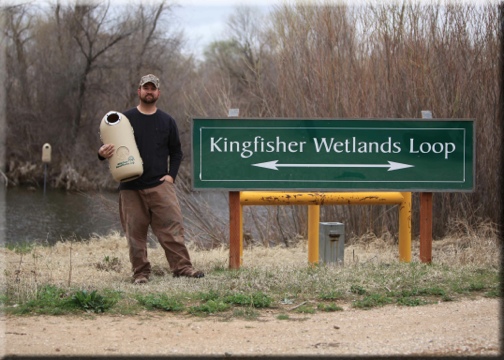
To bring this project to a close, hundreds of hours and nearly $2,500 dollars worth of materials properly placed have this project ready for a red-carpet inspection. A huge thanks to all parties involved, and to Weber County Parks for hosting these efforts.
CHEERS!

